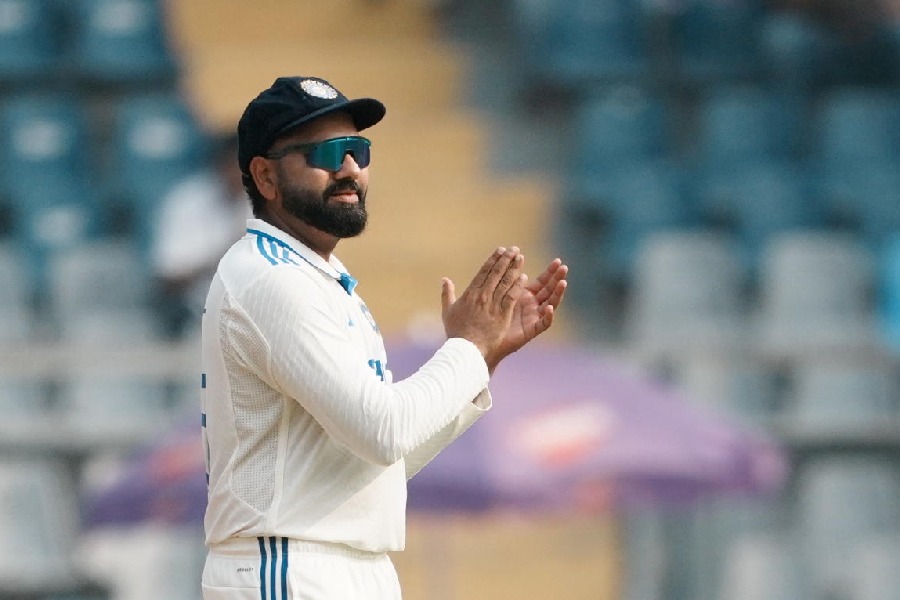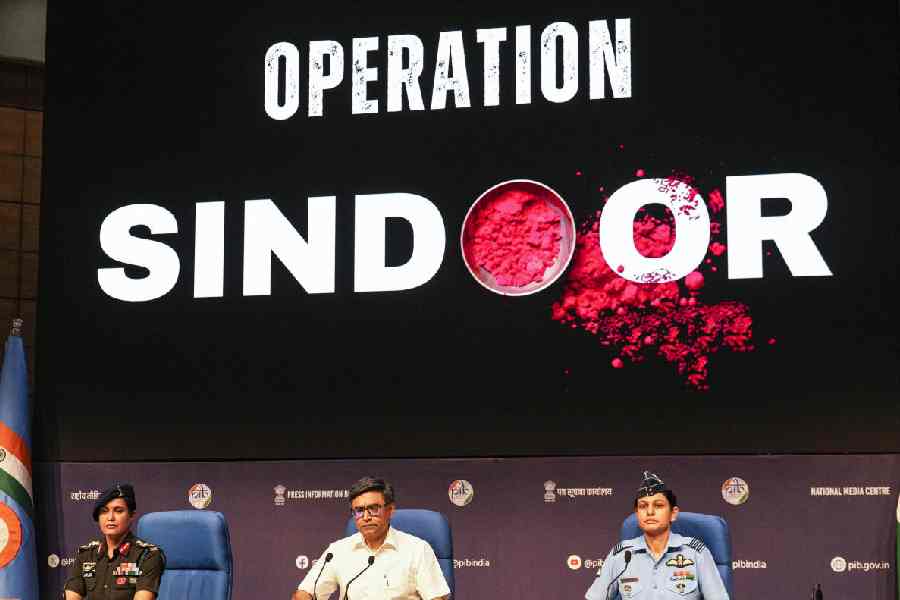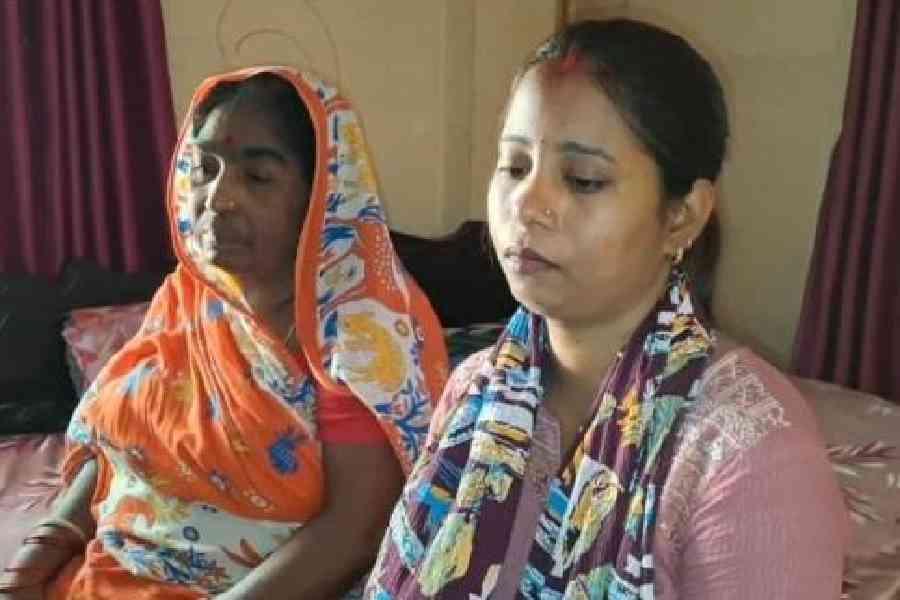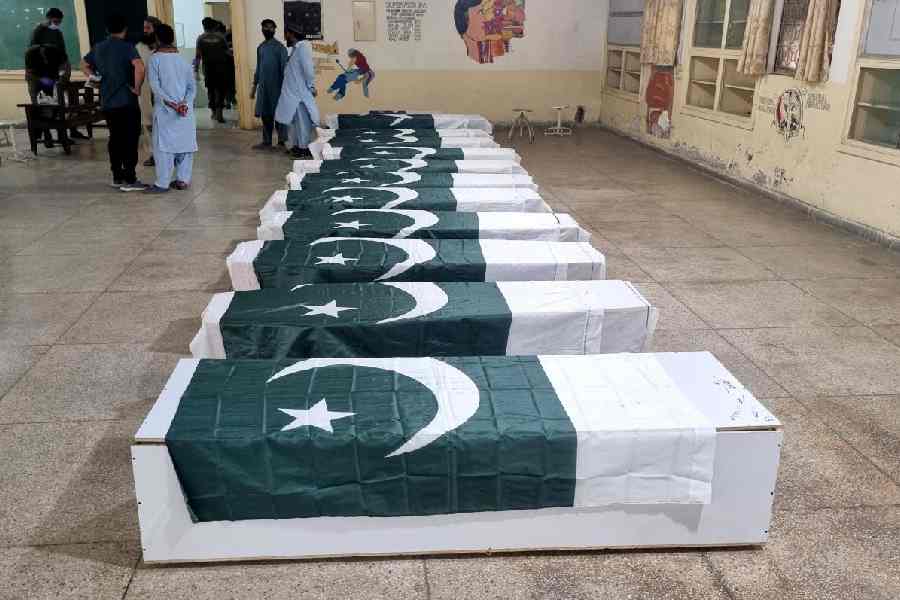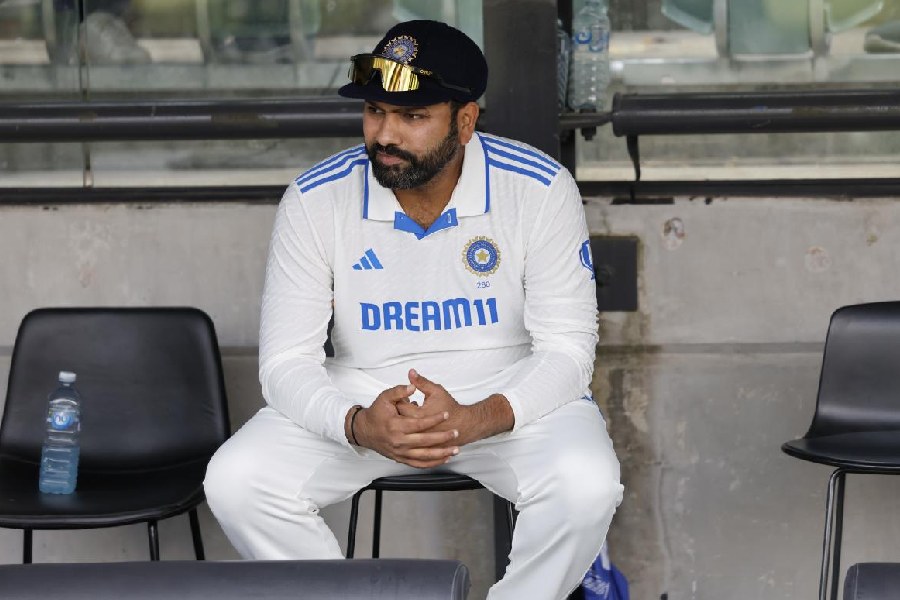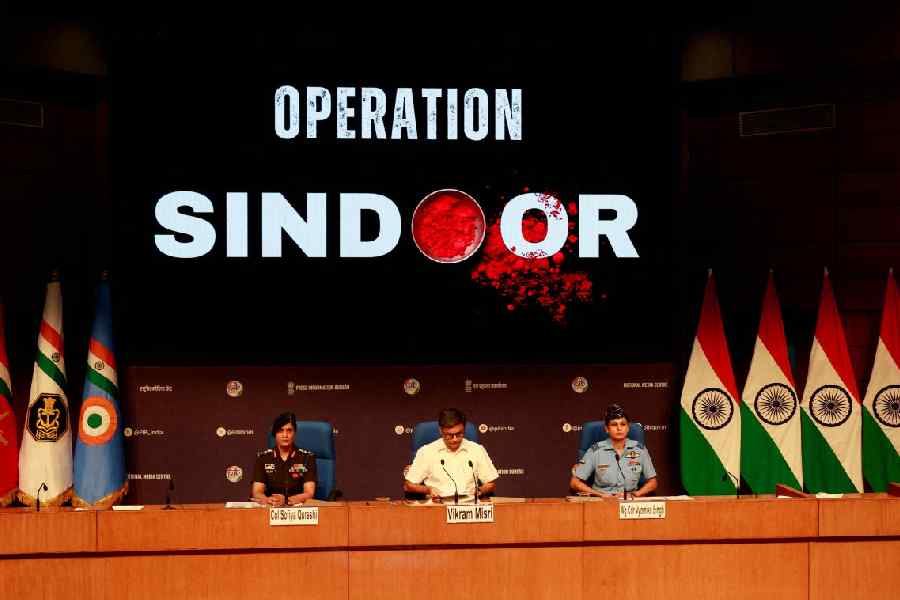
In the wake of Justice J. Chelameswar’s recent letter to the Chief Justice of India (CJI) objecting to the manner and method of functioning of the collegium system for appointment of judges of the higher judiciary — high courts and the Supreme Court (SC) — several complex questions on the governance of the country and impacting the balance engrafted in the Constitution between the three State organs (legislature, judiciary and executive) have arisen. The expose by a member of the collegium of the SC stunned the whole country.
All power tends to expand: judicial power is no exception. Justice Chelameswar’s letter, as reported in the press, complains that the collegium system is opaque, no discussions take place about the suitability and merit of the persons considered for high judicial offices, and even files relating to the discussions are unavailable. What is most disconcerting is that some members come with pre-determined views and push them through without any discussion. The dissenting views of the collegium members are not taken into account, much less any record being maintained.
The CJI’s reply that the issue would be “sorted out” does not appear to be the solution.
The structure of the country’s judiciary, including transfers and appointments of judges, was extensively debated in the constituent assembly. Some members voiced the view that the concurrence of the CJI is a necessary pre-requisite for appointments to the higher judiciary. Emphatically rejecting the same, B.R. Ambedkar, the chairman of the drafting committee, had declared: “I think, to allow the Chief Justice practically a veto upon the appointment of judges is really to transfer the authority to the Chief Justice which we are not prepared to vest in the President or the Government of the day. I therefore think that is also a dangerous proposition.” (Constituent Assembly Debates, Vol. VIII p. 258.)
In its final form, the Constitution incorporated provisions ensuring independence of the higher judiciary regarding appointments, tenure, salaries and procedure for removal. The President of India, the head of the state, is the appointing authority. Appointments are made “after consultation” with the CJI. Although primacy is accorded to the executive, the views of the CJI and chief justices of high courts were given the highest importance.
Judicial independence as envisaged in the Constitution worked satisfactorily without causing any upheavals for 42 years till the verdict in the second judges’ case came to be delivered in 1992. Between 1950 and 1993, the opinion of the CJI was not accepted only on seven occasions.
Despite this, the second judges’ case ruled in favour of not only the primacy of the CJI but also practically eliminated the role of the executive. “Consultation” was assigned the meaning “concurrence”.
Keshavananda Bharathi, a landmark decision, held that the power of Parliament to amend the Constitution does not extend to amending its basic features. Judicial independence is one of the basic features. This position was overturned in the second judges’ case. The third judges’ case, which arose on a presidential reference in 1998, has only clarified certain procedural aspects of consideration by the collegium.
To undo the situation, Parliament unanimously passed the Constitution (93rd Amendment) Act and the National Judicial Appointments Commission (NJAC) Act. Predictably, this was challenged in the SC. The apex court gave a split verdict. Out of the five judges on the bench, Justice J. Chelameswar wrote a dissenting opinion. There was no unanimity among the rest. The judgment has revived the judicial supremacy without any meaningful role for the executive.
The practice of judges appointing judges and claiming it to be integral to judicial independence, an unamendable basic feature of the Constitution, has evoked wide criticism — a system nowhere in vogue in any democratic country governed by rule of law.
The system spawned many an unedifying consequence. What was thought to be institutional primacy turned out to be exclusive power in the hands of the collegium, comprising five judges, with no obligation to respect transparency. Discussion and debate on the credentials of the persons considered were shrouded in secrecy. The judges, who were not members of the respective collegiums, had no idea how the selections were made and whether persons with real merit were chosen or sidelined.
In deciding the second and third judges’ case as well as the NJAC case, the SC held that there are certain implied limitations on the powers of Parliament. Time has now come to say that there should be implied limitations on judicial power.
Even the author of the second judges’ case, Justice J.S. Verma, after his retirement revised his opinion. According to his rethinking, the intention of the Constitution makers was not to accord primacy to either the judiciary or the executive and the responsibility was to “find the most suitable person” and “this could best be done by a national judicial commission”. Had this thought permeated his thinking in the second judges’ case, the constitutional history of India would have been different.
The case has rendered the role of the council of ministers ineffective and the advice tendered in regard to judicial appointments has become a formality; it is nothing but a reiteration of the collegium’s recommendations, which bind the President.
What will happen if the President refuses to act upon the advice of the council of ministers on the ground that the advice tendered was not an independent one but was only transmitted to him by the collegium through the council of ministers? The Prime Minister, under Article 78(b), has the constitutional duty to furnish information to the President relating to the “administration of the affairs of the Union”, which encompasses appointments to the higher judiciary. The Prime Minister in such a situation would be helpless. Should such a situation arise, would the President be within his powers to call for the files from the SC collegium to satisfy himself that the recommendations are not tainted by mala fides or any other serious legal infirmity suggestive of misuse of authority? On perusal of the record, if the President rejects the recommendations, could his action be faulted saying that he had no power to exercise individual discretion? Would not the doctrine of necessity come into play in the context of the council of ministers being disabled by judicial fiat from tendering effective advice? Impeachment of the collegium members is totally ineffective for self-evident reasons.
The present crisis is unparalleled and unprecedented. The situation calls for immediate remedial action. There are no readymade solutions. One solution is that the President may refer the following, among other questions, for the advisory opinion of the SC under Article 143(1) of the Constitution:
1. Should the power be exercised by the institution as a whole instead of the collegium?
2. Can the ambit and scope of judicial independence obtained in the Keshavananda Bharathi case be altered by judicial verdict? Will such alteration not amount to altering a basic feature of the Constitution?
3. What should be the role of the executive if an alternative mechanism is to brought into being for the appointment of judges?
4. Can the President of India exercise his individual discretion in appointments recommended by the SC collegium?
A 15-judge bench of the SC alone would be a proper one to decide the aforesaid questions. A national debate is warranted in this regard.
The country is the constituency for judges and they will be judged by the country.
Justice Rao is a former Chief Justice of the Himachal Pradesh High Court


